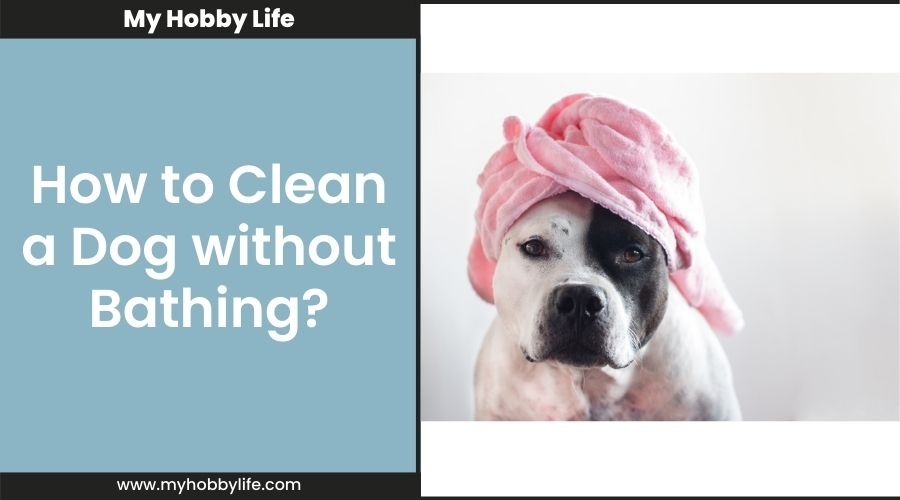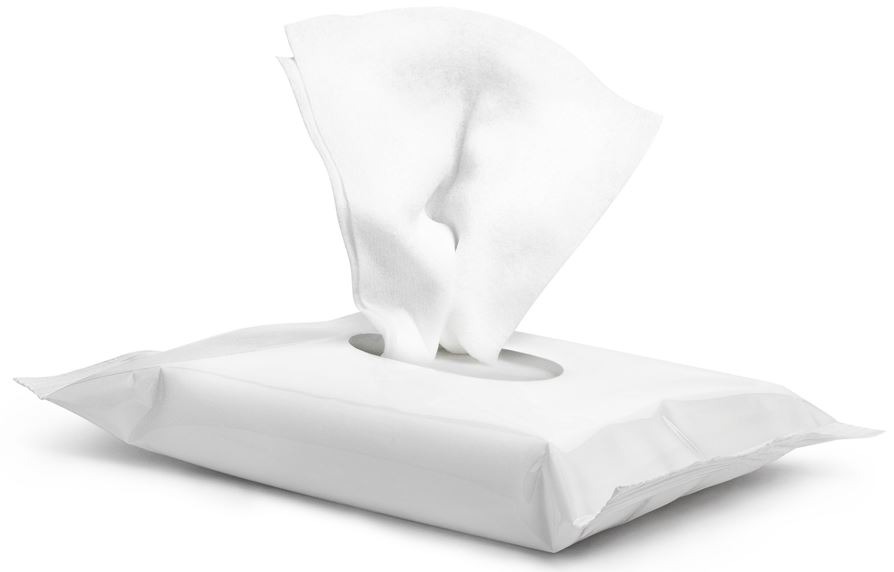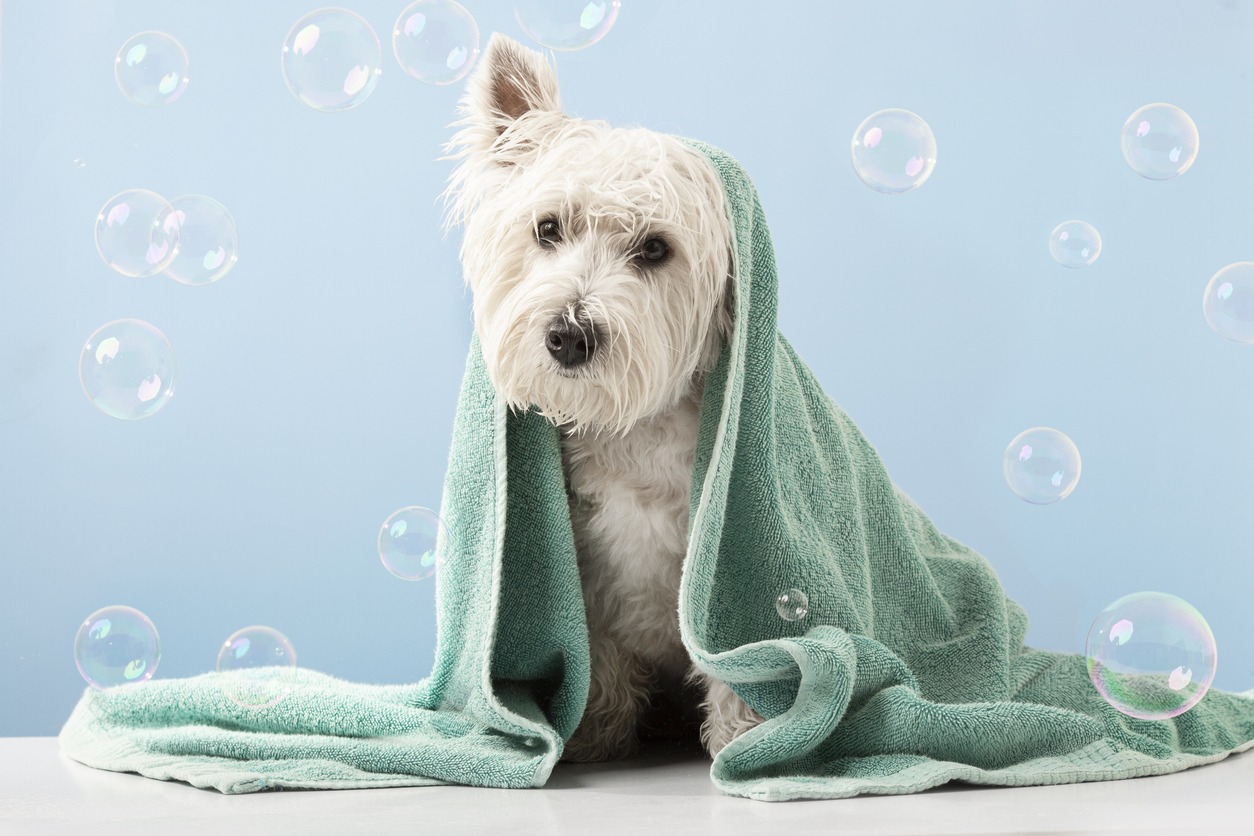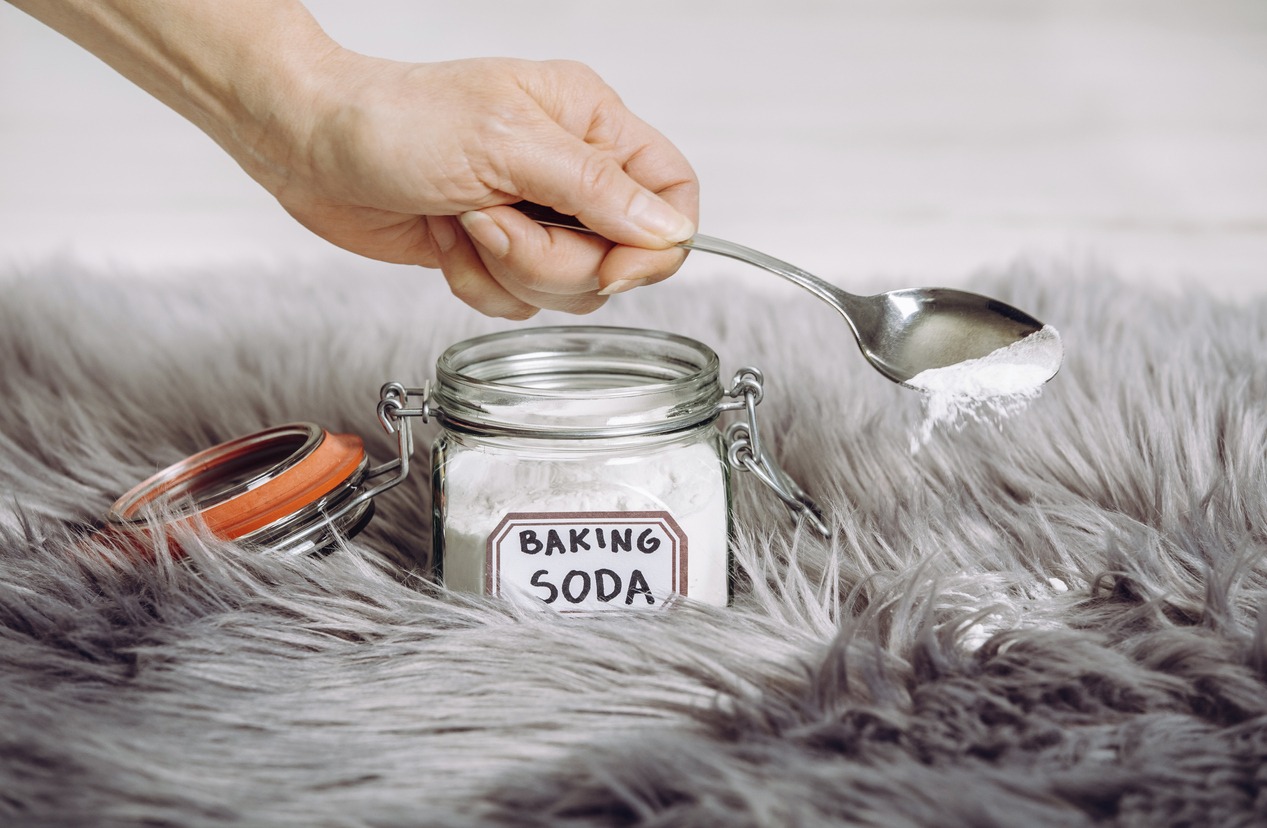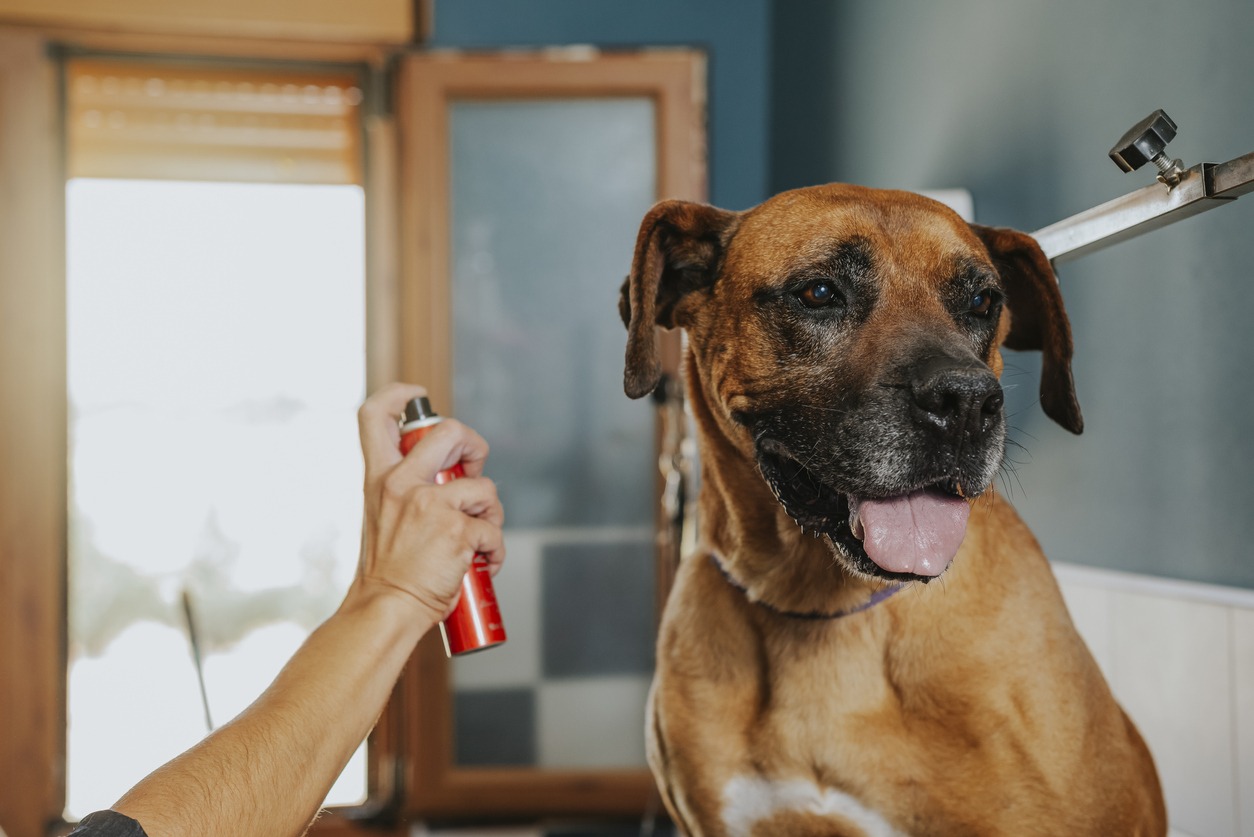The act of taking a bath is something many dogs despise. Additionally, you don’t appreciate giving your dog regular baths either because it bothers you or because it’s challenging to do so because of how uncooperative they are around water. The health and cleanliness of your dog, as well as yours and your home’s, depend on you continuing to keep them looking and feeling well.
Dogs require bathing at least two to four times per month, although occasionally they become so filthy that they may require cleaning more frequently. Water may occasionally be skipped if it’s cold outside or you have a lot of other things to do. Without using the tub or the hose, use some of these cleaning methods to make your friend sparkling clean and smelling great:
1. Wipes
Every dog owner who takes their dog outside has to carry a wipe with them because they are convenient and portable. There are times when you take your dog with you when you go outside, but after letting them run about free for a short while, they become caked in dirt, making you hesitant to drive your freshly washed car back home with them. Wipes could help you avoid frustration and clean your car’s seats!
In pet stores, you may get dog wipes that are made specifically to be gentle and secure for dogs. Because baby wipes are mild and not all that different, you can use them on your pet as well. For your dog’s continued freshness, cleanliness, and pleasant scent, wipes are soaked with gentle cleaners, deodorizers, and conditioners.
It’s best to remove any dirt as soon as possible. Simply wipe off any dirt your dog may have with some wipes. If you have the time, properly brush your dog’s coat to remove any dirt before wiping them down. The periodic wiping of the dog’s dirty butt and filthy paws is also a terrific use for wipes. Additionally, you can simply wipe your dog’s entire body clean if you don’t have time to bathe them. Don’t wipe the dog’s eyes or other inflamed areas; simply brush the dog first.
2. Waterless Shampoo
Try a waterless shampoo from a nearby pet store if your dog appears to be terrified of the water. It is a shampoo especially made for dogs that does not require rinsing. Your dog’s coat and skin benefit from being cleaned, refreshed, and detangled. There are various variations of waterless or no-rinse shampoo, including powder, spray, foam, and spritz. Simply select a shape that your dog would be at ease with.
Apply the product evenly throughout your dog’s coat, massage it into the skin, and then wipe it off with a towel. To remove filth, it would be preferable if you first brushed your dog’s fur. From the top of his head to his tail, wash him with the waterless shampoo. Keep your lips, ears, and eyes out of it. You can spray or foam shampoo directly into the coat, or you can apply it to your hands first and work it in with a finger brush or your hands.
Shake the powder onto your dog’s coat if you’re using a dry or powdered shampoo by first gently separating the strands in his coat. Pretend to use a conventional shampoo while you gently massage it into the coat and all the way to the skin. Using a standard grooming brush, remove any extra shampoo. For roughly five to ten minutes, brush them out while working against your dog’s fur. Finally, use a moist cloth to rub your dog to eliminate any last traces of residue. A dry cloth will also do the trick.
That was merely a general guideline for using a waterless shampoo. Using them in different ways may be necessary depending on their shape; for example, liquid shampoos must be massaged until they begin to froth. Follow the usage instructions listed on the product’s box.
3. Baking soda or cornstarch
You can use baking soda or cornstarch as an alternative if you don’t like dry shampoos. Both of these are effective at eliminating unpleasant body scents in dogs. Baking soda aids in absorbing surplus oils, and cornstarch can ease the itching caused by dry skin or hot patches.
Just use cornstarch or baking soda as you would powdered shampoo. Use your fingers to gently rub it into the skin, working your way down from his neck to the base of his tail. Alternately, you may sprinkle it on a cloth and gently rub your dog’s skin and coat with it. Since these regions are frequently where odors originate, make sure to rub the powder on their paws, armpits, and butt as well.
You can find homemade dry shampoo concoctions that mostly contain cornstarch and/or baking soda. To help get rid of fleas and ticks, some recipes could call for salt plus a few drops of lavender, eucalyptus, or rosemary essential oils. When combined with cornstarch and baking soda, lavender is one natural deodorizer that works well as a deodorizing powder.
4. Dog spray
Dog aroma sprays or dog colognes definitely don’t qualify as “cleaning” products, but they certainly make your dog smell better. Dog spray might help your pet smell better if you are unable to give it even a quick bath and someone is visiting. Just be careful not to spray the product too close to your face or eyes. Spray some on a cloth first, then gently rub it on the dog’s face if you choose to use it.
Although your dog can be cleaned with these solutions, you must keep in mind that nothing can ever fully replace water and shampoo. These are only alternatives you can employ if the weather is bad or you don’t have enough time to give your dog a thorough bath. To maintain the health of your dog’s coat and skin, you also need to scrub traditionally.
Here are some other tips to go along with that to keep your pet clean and smelling great:
Your dog’s crate and bedding should be cleaned.
Have you ever wondered why, despite routine pet cleanings, your house still smells like a dog? It’s most likely because you don’t regularly wash your dog’s bedding and crates. Every other week, wash your dog’s bedding and clean his crate to prevent odor-producing dirt from building up. This will make your home and your dog smell better. Simply washing your dog’s belongings will reveal how quickly the stench goes away.
Brush your dog’s fur frequently.
It’s healthy for you to brush your hair. Therefore, brushing your dog’s hair would be ten times better for them as they are covered in hair everywhere! For them, brushing is equivalent to grooming. It maintains healthy blood circulation, gets rid of allergies and ordinary debris, removes loose hair, exfoliates skin, and keeps a lustrous, attractive coat. Additionally, it gives you and your dog a wonderful opportunity for bonding. To keep your dog clean and healthy, be sure to purchase a wire brush or any other type of metal dog brush.
Maintain oral hygiene.
Bad breath can also occur in dogs. Dogs will occasionally lick you in the face and leave a foul smell just under your nose. Give them dental chews to prevent it, or you can use dog toothpaste to brush their teeth. Take them to the veterinarian and have their teeth cleaned if the plaque accumulation is already too severe.
Tidy up their ears.
Many dog owners frequently overlook their dog’s ears. And occasionally the smell of dogs is emanating from them. Who knows how much and what kind of debris could become stuck in a dog’s large ears? Put a few drops of mineral and baby oil in each ear. Then clean them with a cotton ball. Alternatively, you might apply some oil on a cotton ball and then rub it inside your dog’s ears. Just be extremely cautious to avoid damaging their eardrums because they are just as delicate as ours. Be nice and patient. Only clean your dog when they are calm.
Conclusion
We sincerely hope that these ideas will help you maintain your dog as clean as you can without forcing them to bathe as frequently as we do. You can easily implement some of the advice at home. To ensure that you and your dog are both safe and healthy when cleaning their teeth or ears or their whole body at home, you may occasionally need to consult a veterinarian.
